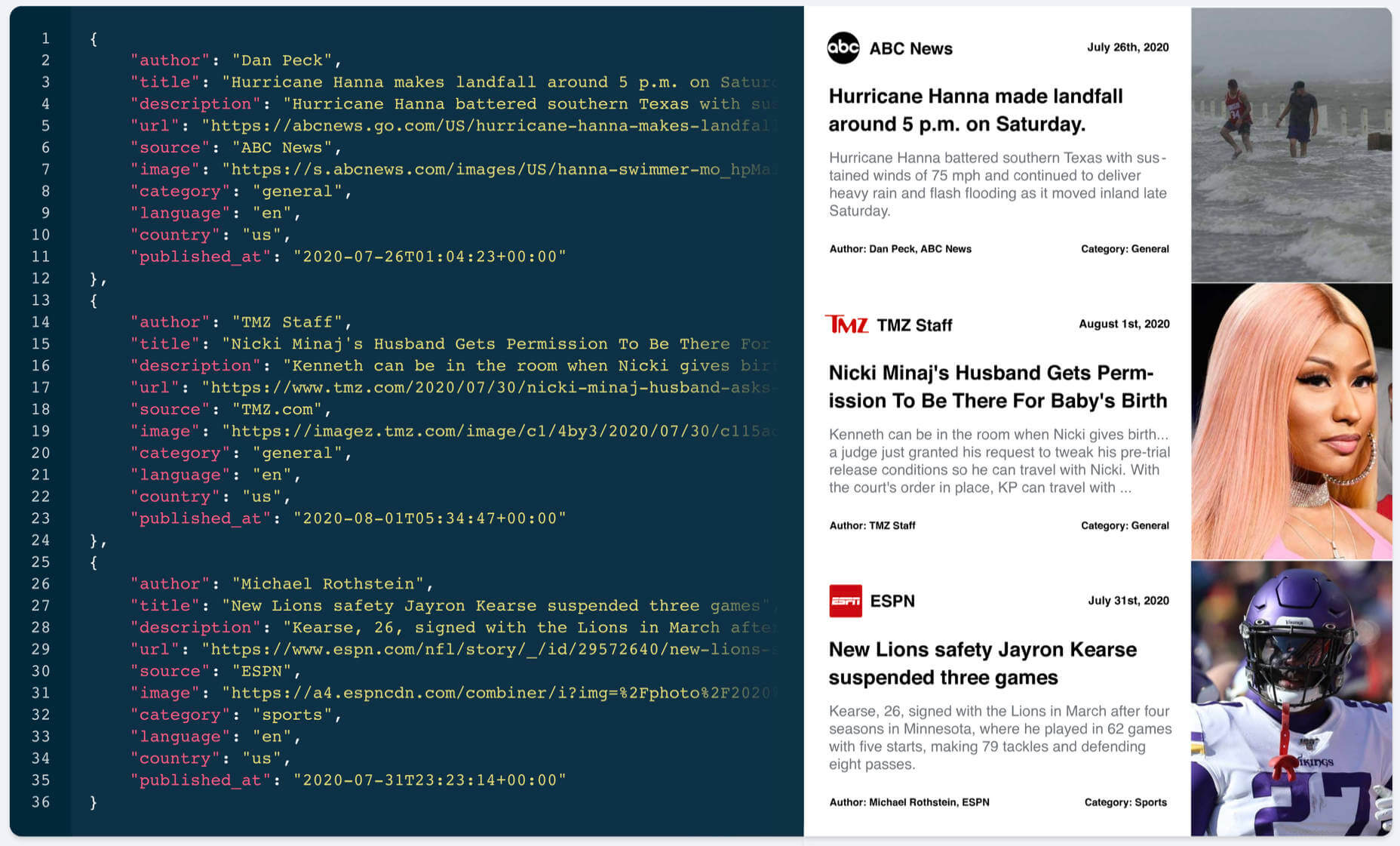Créer une API minimaliste RESTful avec .NET Core 7 est un excellent moyen de créer des applications modernes et flexibles. Découvrez comment le faire facilement !
NET Core et ASP.NET Core sont des frameworks populaires pour créer des puissantes API REST. Dans ce tutoriel, nous allons l’utiliser pour développer une simple API Minimal qui simule une cote de crédit. Les API Minimal offrent une approche simplifiée pour créer des API HTTP hautes performances à l’aide d’ASP.NET Core. Ils vous permettent de construire des points de terminaison REST complets avec un minimum de configuration et de code facilement. Au lieu de compter sur les échafaudages et les contrôleurs conventionnels, vous pouvez définir fluemment les routes et les actions API pour simplifier le processus de développement.
NET Core et ASP.NET Core sont des frameworks populaires pour créer des puissantes API REST. Dans ce tutoriel, nous allons l’utiliser pour développer une simple API Minimal qui simule un score de crédit. Les API Minimal offrent une approche simplifiée pour créer des API HTTP hautes performances avec ASP.NET Core. Elles vous permettent de construire des points de terminaison REST complets avec un minimum de configuration et de code facilement. Au lieu de s’appuyer sur des échafaudages et des contrôleurs conventionnels, vous pouvez définir fluemment des routes et des actions API pour simplifier le processus de développement.
Nous allons créer un point de terminaison permettant à un utilisateur de récupérer un score de crédit en envoyant une demande à l’API. Nous pouvons également enregistrer et récupérer des scores de crédit à l’aide des méthodes POST et GET. Cependant, il est essentiel de noter que nous ne relierons pas de systèmes backend existants pour extraire un score de crédit; au lieu de cela, nous utiliserons un générateur de nombres aléatoires pour générer le score et le renvoyer à l’utilisateur. Bien que cette API soit relativement simple, elle illustrera les bases du développement d’API REST avec .NET Core 7 et l’approche API Minimal. Ce tutoriel fournira une introduction pratique à la construction d’API REST avec .NET Core 7 et l’approche API Minimal.
Lorsque nous développons une API REST avec .NET Core 7, nous devons suivre certaines conventions d’architecture. Nous devons définir les chemins d’accès à nos API, les méthodes HTTP, les contrôleurs et les actions. Nous devons également définir les modèles de données que nous allons utiliser pour stocker et récupérer les données. Enfin, nous devons définir le format des données que nous allons envoyer et recevoir via l’API. Dans ce tutoriel, nous allons utiliser le format JSON pour envoyer et recevoir les données. Une fois que nous aurons défini ces conventions d’architecture, nous pourrons commencer à développer notre API.
Une fois que nous aurons développé notre API, nous devrons la tester. Nous pouvons tester manuellement l’API en envoyant des requêtes HTTP à l’aide d’un client HTTP tel que Postman ou cURL. Nous pouvons également tester automatiquement l’API en écrivant des tests unitaires et intégrés avec xUnit ou NUnit. Une fois que nous aurons testé l’API, nous pourrons la déployer sur un serveur web tel que IIS ou Kestrel. Une fois déployée, nous pourrons commencer à utiliser notre API pour récupérer des scores de crédit.
En conclusion, ce tutoriel a fourni une introduction pratique à la construction d’API REST avec .NET Core 7 et l’approche API Minimal. Nous avons appris à définir les conventions d’architecture, à développer une API, à tester manuellement et automatiquement l’API et à la déployer sur un serveur web. Bien que cette API soit relativement simple, elle illustre les bases du développement d’API REST avec .NET Core 7 et l’approche API Minimal.










 What an extraordinary year 2020 has been for the news! From the ongoing coronavirus crisis, to a turbulent US election, to the unrelenting march of Bitcoin, this year like no other we’ve been glued to our phones micro-analyzing every tidbit of news.
What an extraordinary year 2020 has been for the news! From the ongoing coronavirus crisis, to a turbulent US election, to the unrelenting march of Bitcoin, this year like no other we’ve been glued to our phones micro-analyzing every tidbit of news.
